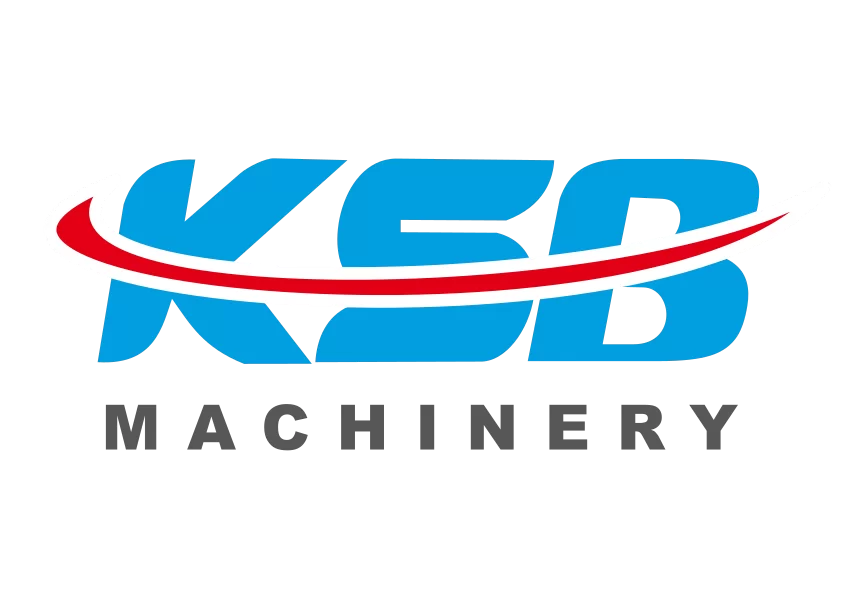Demystifying Plastic Injection Moulding How It Works
Home >> Demystifying Plastic Injection Moulding How It Works

Demystifying Plastic Injection Moulding How It Works
Plastic injection moulding machine is a versatile and widely used manufacturing process that has revolutionized the production of plastic products across various industries. This method offers precision, efficiency, and cost-effectiveness in creating intricate plastic components. In this 1000-word article, we will delve into the world of plastic injection moulding, explaining what it is, how it works, and its significance in today’s manufacturing landscape.
Understanding Plastic Injection Moulding
Plastic injection moulding is a manufacturing process that involves melting plastic pellets and injecting the molten material into a mould cavity under high pressure. Once the plastic cools and solidifies, it takes the shape of the mould, resulting in a finished plastic part. This method is employed to produce a wide range of products, from small consumer items to complex automotive components.
The Basics of How Plastic Injection Moulding Works
The plastic injection moulding process can be divided into several key stages:
a. Material Selection: The process begins with the selection of the appropriate plastic material. Common options include thermoplastics like polyethylene, polypropylene, and polystyrene, each with unique properties suited to specific applications.
b. Melting the Plastic: The chosen plastic pellets are fed into the injection moulding machine’s hopper. Inside the machine, a screw mechanism rotates, applying heat and pressure to melt the plastic pellets, transforming them into a molten state.
c. Injection: The molten plastic is injected into a mould cavity, which is typically made of two halves: the core and the cavity. These halves fit together precisely to create the desired part’s shape.
d. Cooling: Once the molten plastic is in the mould cavity, it starts to cool and solidify. This is a critical step in determining the part’s final properties and quality.
e. Ejection: After the plastic has cooled and solidified, the mould opens, and the newly formed part is ejected. This process is often automated, ensuring consistency and efficiency.
Key Components of an Injection Moulding Machine
The injection unit comprises the hopper, barrel, and screw. It is responsible for melting and injecting the plastic into the mould.
A. Clamping Unit: The clamping unit consists of the mould and the clamping mechanism. It holds the mould in place during injection and prevents it from opening prematurely.
B. Heating and Cooling Systems: Temperature control is crucial in plastic injection moulding. Heating elements and cooling systems maintain precise temperature levels in both the barrel and the mould.
C. Control System: Modern injection moulding machines are equipped with sophisticated control systems that monitor and regulate every aspect of the process, ensuring consistent quality.
4. Advantages of Plastic Injection Mouldinga. Precision and Complexity: Injection moulding allows for the production of highly detailed and intricate parts with tight tolerances, making it suitable for a wide range of applications.
A. Cost-Effective: Mass production of plastic parts using injection moulding is cost-effective due to its high efficiency and low material waste.
B. Material Variety: A wide range of plastic materials can be used, each with specific properties, such as strength, flexibility, and durability.
C. Speed and Efficiency: Injection moulding is a fast process, with cycle times ranging from seconds to minutes, depending on the part’s complexity.
5.Applications of Plastic Injection Mouldinga. Automotive Industry: Plastic injection moulding is widely used in the automotive sector for manufacturing components such as interior panels, bumpers, and engine parts.
A. Consumer Goods: Many everyday items, including toys, kitchen appliances, and electronics, are produced using injection moulding.
B. Medical Devices: The medical industry relies on injection moulding to produce sterile and precise components like syringes, IV connectors, and surgical instruments.
C. Packaging: Plastic injection moulding is instrumental in the production of bottles, caps, and containers for the packaging industry.
Plastic injection moulding has played a transformative role in modern manufacturing, allowing for the efficient and cost-effective production of a wide range of plastic products. Understanding the process of plastic injection moulding, from material selection to the injection and ejection of parts, is essential for appreciating its significance in various industries. Its precision, versatility, and ability to produce complex parts have solidified its position as a cornerstone of modern manufacturing.


